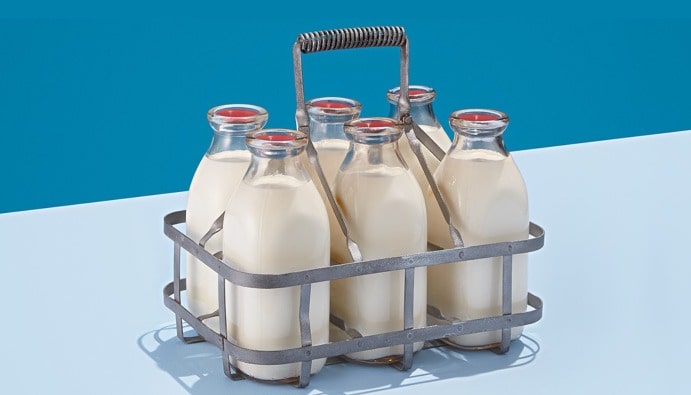
BLOG
KATEGORİDEKİ DİĞER YAZILAR

Many parameters are evaluated to determine the quality and nutritional value of milk. Among these, fat content is an important parameter. The fat content of milk usually varies between 3% and 4%. However, this rate depends on the type of milk, nutritional conditions and processing methods. The fat content of various milks can be as follows:
Accurately determining the milk fat content is a critical step in terms of food safety and product quality.
In addition to being a quality indicator, fat content in milk is an important parameter for determining compliance with relevant regulations and legal regulations. Fat content can be determined using various methods. These methods are as follows:
As mentioned above, it is a classical laboratory analysis method used to determine the fat content in milk. This method is widely used especially in the dairy industry and food laboratories. The basic principle of the Gerber method is to release the fat in milk in an acidic environment (such as sulfuric acid) and then determine the amount of this fat with a special measuring device.
Within the scope of AOAC 2000.18 standard, fat determination in milk is performed by Gerber Method.
AOAC 2000.18: Fat Content of Raw and Pasteurized Whole Milk Gerber Method by Weight
Nanolab Laboratories Group continues to provide services within the scope of Fat Determination in Milk. We also provide services on Homogenization Test in Milk.
Contact us for more information.
You can follow us on LinkedIn for up-to-date news and posts about our services.
Follow our Instagram account to be informed about our latest blog posts.